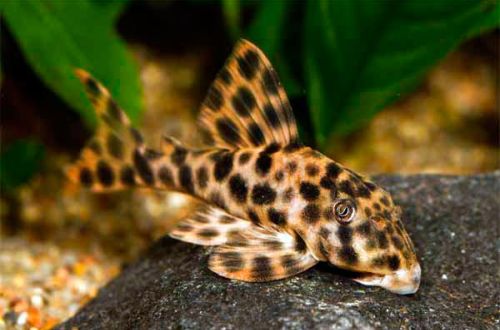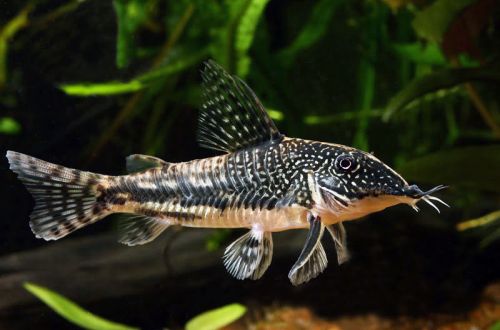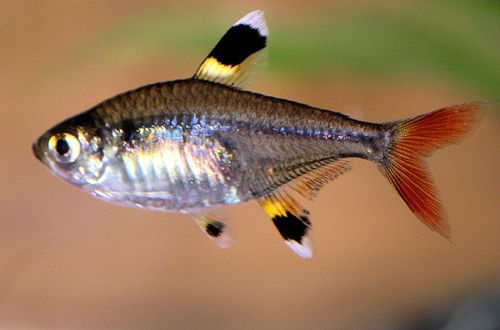
Barbus deceptive
Deceptive Barb or False Cross Barb, scientific name Barbodes kuchingensis, belongs to the family Cyprinidae (Cyprinidae). A typical representative of the Barb group, it is easy to keep, unpretentious and able to get along with many other popular aquarium fish.

Contents
Habitat
Comes from Southeast Asia. Endemic to the northern part of the island of Borneo – the territory of East Malaysia, the state of Sarawak. In nature, it inhabits small forest streams and rivers, backwaters, pools formed by waterfalls. The natural habitat is characterized by clean running water, the presence of stony substrates, snags. It should be noted that this species is also found in swamps with typical conditions for this biotope: dark water saturated with tannins from decaying plants. However, these may still be undescribed varieties of deceptive Barbus.
Brief information:
- The volume of the aquarium – from 250 liters.
- Temperature – 20-28°C
- Value pH — 5.0–7.5
- Water hardness – 2–12 dGH
- Substrate type — stony
- Lighting – any
- Brackish water – no
- Water movement is weak
- The size of the fish is 10–12 cm.
- Food – any food
- Temperament – peaceful
- Keeping in a group of 8-10 individuals
Description
Adults reach a length of about 10–12 cm. Outwardly, it resembles a Cross Barb. The color is silvery with yellow tints. The body pattern consists of wide dark intersecting stripes. Sexual dimorphism is weakly expressed, males and females are almost indistinguishable. It is noted that the latter are somewhat larger than males, especially during the spawning period, when they are filled with caviar.
Food
Undemanding to the diet look. In the home aquarium, it will accept most popular foods – dry, live, frozen. It can be satisfied with exclusively dry products (flakes, granules, etc.), provided that high-quality feeds are used, rich in vitamins and trace elements, as well as containing plant components.
Maintenance and care, arrangement of the aquarium
The optimal tank sizes for keeping a small flock of these fish start at 250 liters. It is recommended to make an aquarium similar to a section of a river with sandy-rocky soil, boulders, several snags, artificial or live plants from among unpretentious species (anubias, water mosses and ferns).
Successful management largely depends on providing high quality water with suitable hydrochemical conditions. The maintenance of an aquarium with False Cross Barbs is quite simple, it consists of a weekly replacement of part of the water (30-50% of the volume) with fresh water, regular cleaning of organic waste (food residues, excrement), equipment maintenance, monitoring of pH, dGH, oxidizability.
Behavior and Compatibility
Active peaceful fish, compatible with other non-aggressive species of comparable size. When choosing neighbors for an aquarium, it must be taken into account that the mobility of deceptive Barbs may be excessive for some slow fish, such as Gourami, Goldfish, etc., so you should not combine them. It is recommended to keep at least 8-10 individuals in a flock.
Breeding / breeding
At the time of writing, no reliable cases of breeding this species at home have been recorded, which, however, is explained by its low prevalence. Probably, reproduction is similar to other Barbs.
Fish diseases
In a balanced aquarium ecosystem with species-specific conditions, diseases rarely occur. Diseases are caused by environmental degradation, contact with sick fish, and injuries. If this could not be avoided, then more about the symptoms and methods of treatment in the section “Diseases of aquarium fish”.





